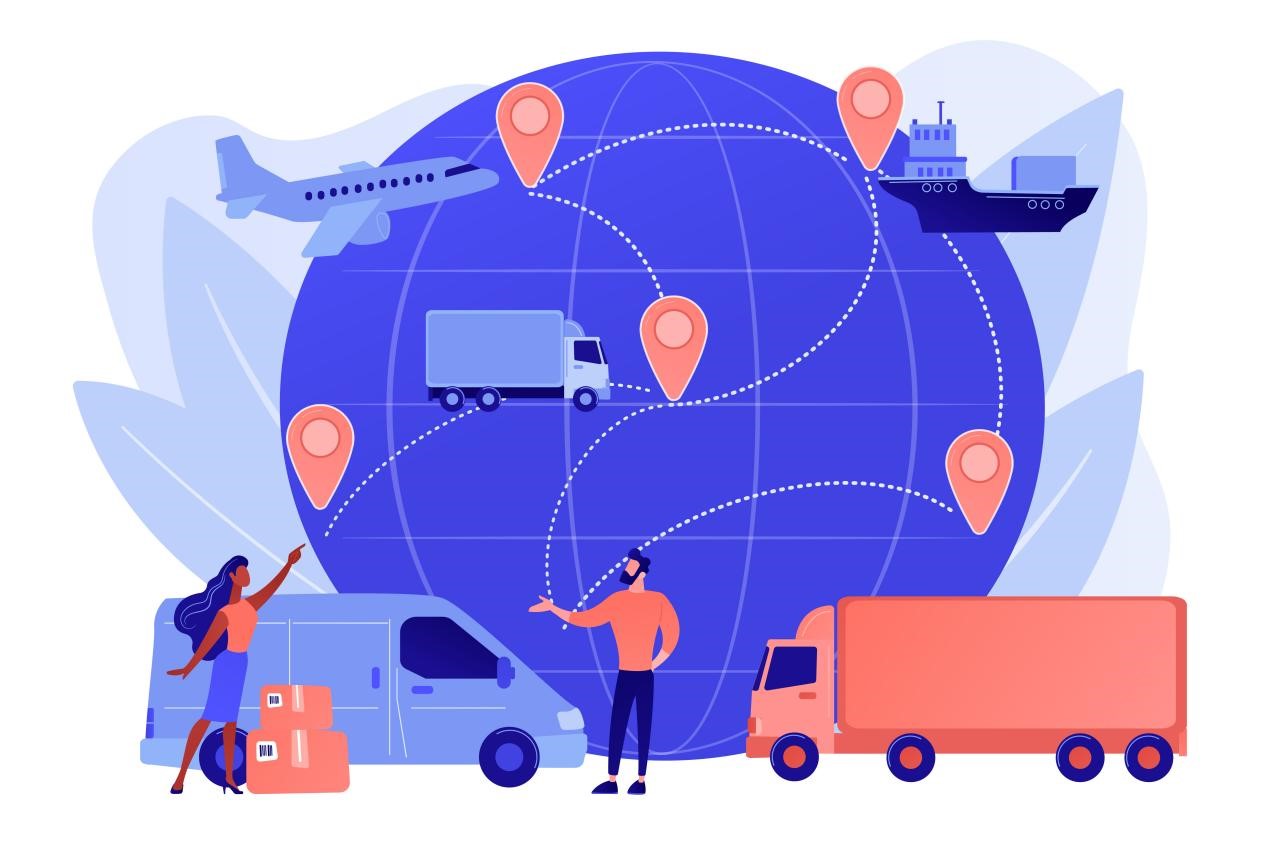


Multimodal logistics in India is a topic that has garnered paramount importance in logistics seminars, webinars, and Government logistics policies. Before we delve deeper to understand why it is widely discussed, let us first understand what multimodal logistics is.
What is multimodal logistics?
Multimodal logistics is a type of freight movement where there is an involvement of more than one mode of transportation. Through multimodal logistics, goods are moved from point of origin to point of destination by using a combination of two or more means of transport such as air, sea, rail, and road. It is also important to know that there is no change in handling of goods in this type of freight movement, only the mode of shipping changes. In other words, the container in which the goods are moved across various modes of transportation remains the same.
Most of the logistics companies in India offer multimodal logistics as one of their services. There are several benefits of shipping goods through multimodal transportation due to which more and more people are choosing multimodal transportation over any single mode of transportation.
What type of containers are used for multimodal freight?
There are various types of containers used for multimodal freight movement. Based on the type of goods, transport type, and other aspects concerning the ease of movement, the container is chosen. An experienced logistics service provider can assist with determining the container type for your goods.
Bulk container - This type of container is used to transport bulk freight such as grains or other bulk goods (solid). The specialty of this container is it has openings on top for upper loading and at the bottom for easier emptying. Bulk container measures 20 feet.
Tank or cistern container - Bulk liquids and liquid gases are transported in this type of container. It is in the form of a tank protected by a steel frame. It has valves both at the top and bottom making loading and unloading of goods easier.
Open-top half-height container - With the top part of the container open and shorter in height, this type of container is appropriate for transporting voluminous and heavy goods such as minerals or semi-finished materials.
Open-side container - This type of container has a side opening for putting highly voluminous goods inside such as pipes, heavy machinery, special equipment, etc.
Flat platform - It’s a unique type of container and doesn’t have a roof or walls. Measuring about 20 or 40 feet long, it allows the transport of goods that are so voluminous that they cannot fit through doors, roof or sides in a normal container. After the freight is placed on the platform, it is covered with a resistant canopy.
Igloo container - This type of container is appropriate for air transport and is used only when one of the modes of transport is air.
Swap box - Although it is grouped under containers, it is a special sized box that can easily be transported by trucks on roadways.
Advantages of multimodal logistics
Multimodal logistics comes with a plethora of advantages due to which its demand is increasing with time. Some of the advantages are as under:
Multimodal logistics in India has found a special place in the PM’s Gati Shakti plan and hence, has a promising future. It will be interesting to seehow the multimodal logistics flourishes in the days to come.
Navigating the intricacies of import customs clearance in Mumbai is essential for businesses engag.....
The bustling metropolis of Mumbai, where the air is thick with the aroma of chai and the streets are alive with the hum of commerce. In the heart of this vibrant city lies a crucial hub for interna.....
In today's rapidly evolving marketplace, the logistics sector plays a pivotal role in meeting the dynamic expectations of consumers for transparency, timely delivery, and innovation. As India&#.....